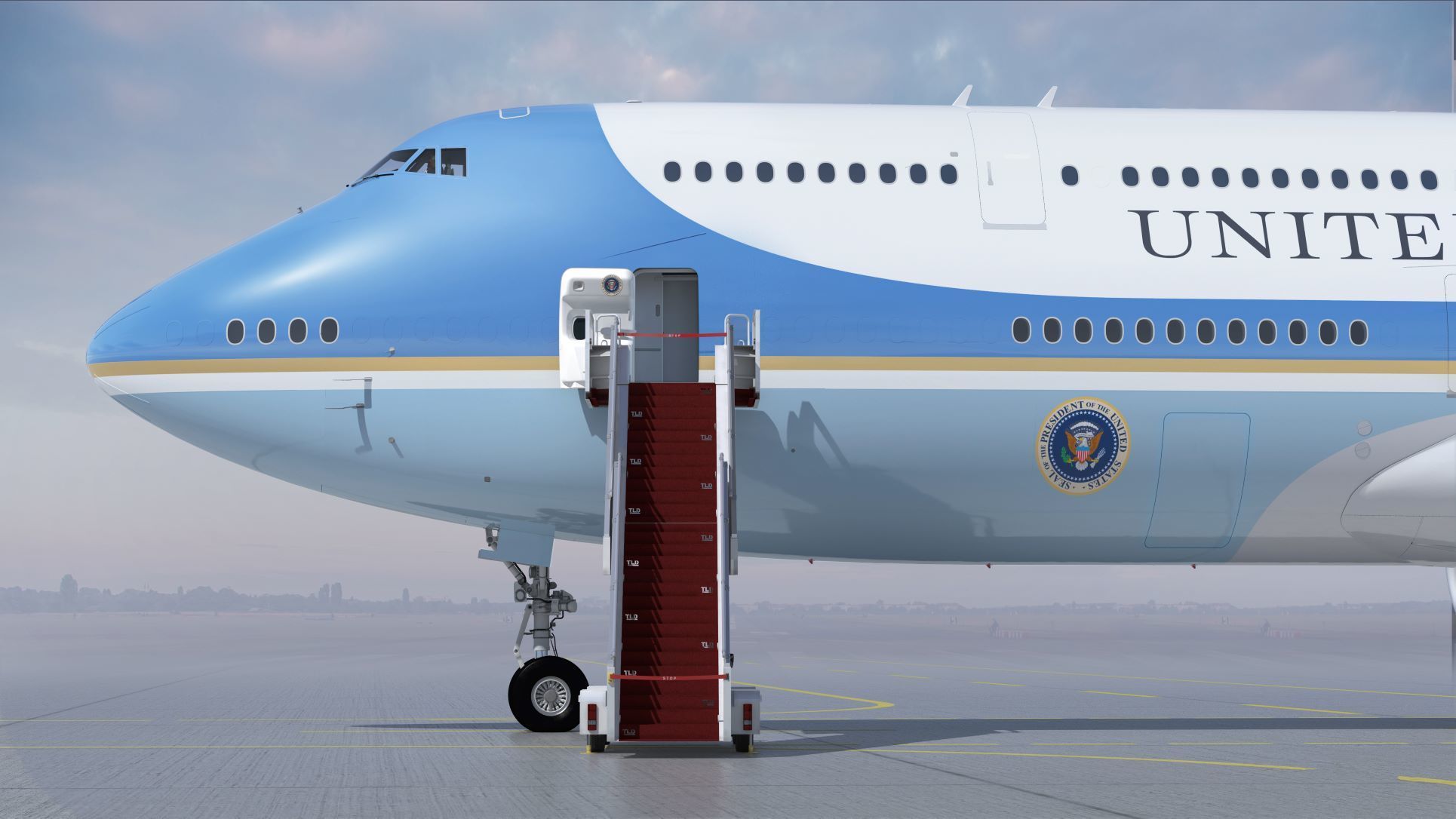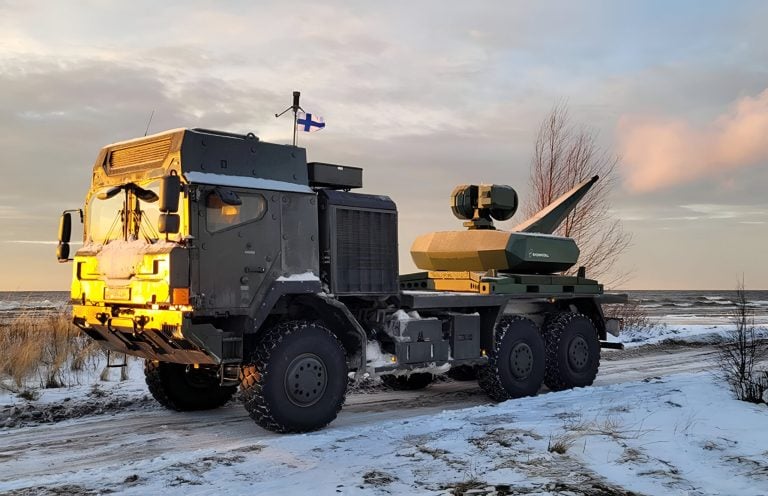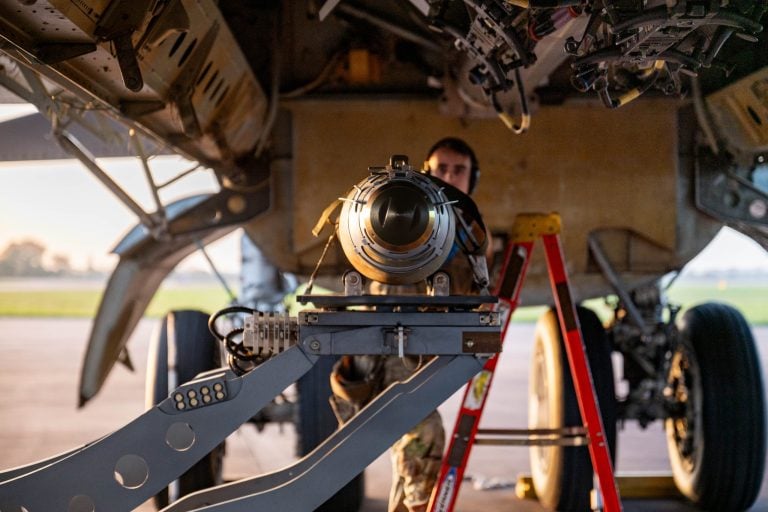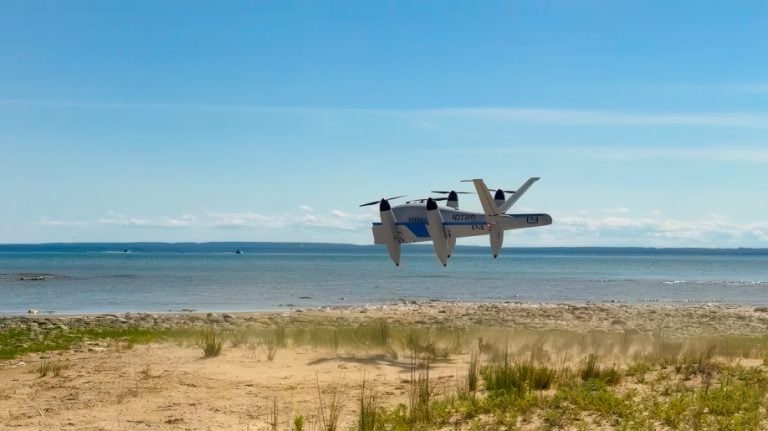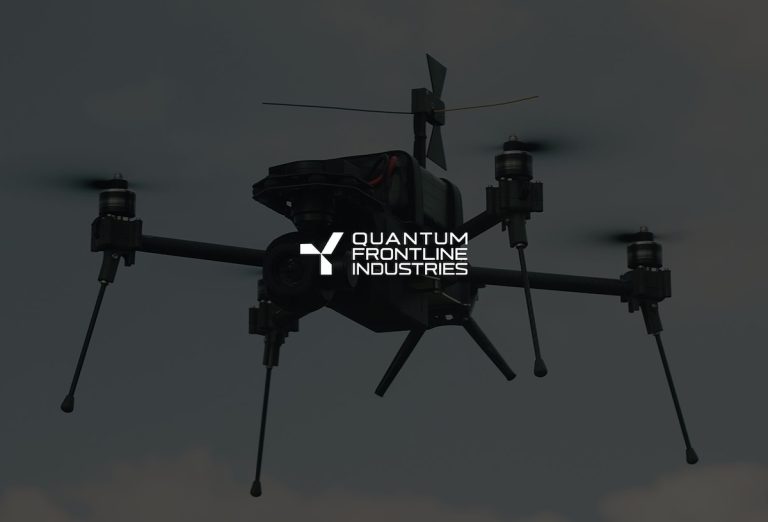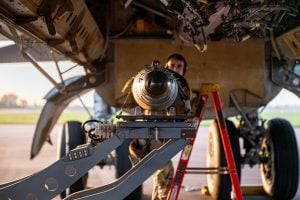Donald Trump expressed dissatisfaction with Boeing during a recent press briefing, stating that his administration is actively seeking alternatives to the aerospace giant for the new Air Force One planes. “I’m not happy with Boeing,” he remarked, emphasizing that the delays in the production and delivery of two new 747-8 jets were prompting considerations of other options.
Under an agreement made in 2018, Boeing was contracted to supply two specially customized planes by the end of 2024 for a price tag of $3.9 billion. These aircraft are expected to transport the President of the United States and other dignitaries. However, setbacks have arisen due to a subcontractor’s bankruptcy and production disruptions caused by the COVID-19 pandemic. As a result, delivery dates have been pushed back to 2027 and 2028.
In light of these developments, Trump indicated openness to sourcing aircraft from other countries but ruled out Airbus, Boeing’s European competitor, as a potential supplier. The current Air Force One jets, which are based on the VC-25B airliner hull, are facing increasing maintenance challenges and rely on outdated components.
These recent comments from Trump come as a significant setback for Boeing, a company already struggling with setbacks, including an $11.8 billion loss reported last year. Boeing has also endured challenges related to a lengthy labor strike that resulted in the shutdown of major assembly plants.
Compounding the company’s troubles, a January 2024 incident involving an Alaska Airlines 737 MAX raised concerns about safety when the aircraft was forced to make an emergency landing due to a blown window panel. This incident has led to increased scrutiny from U.S. air regulations and has further hampered Boeing’s output.
Moreover, Boeing continues to grapple with fixed-cost defense contracts from previous agreements that have resulted in substantial losses. The combination of these factors paints a grim picture for the aerospace company, which seeks to regain stability while navigating the complexities of the aviation industry amid intense competition and regulatory pressures.
